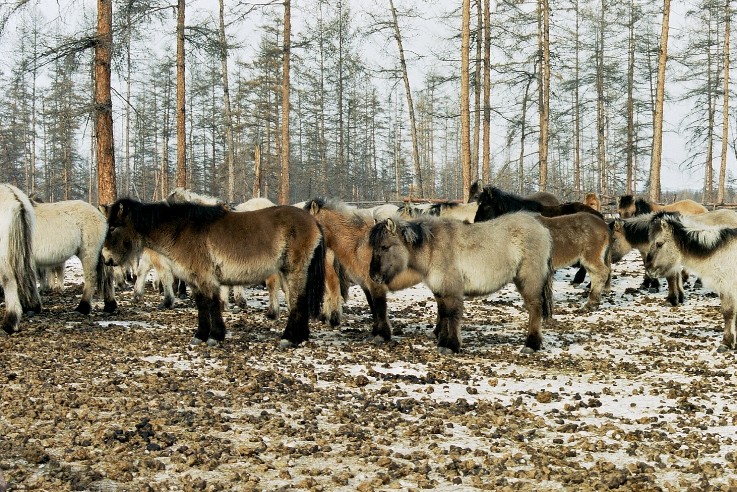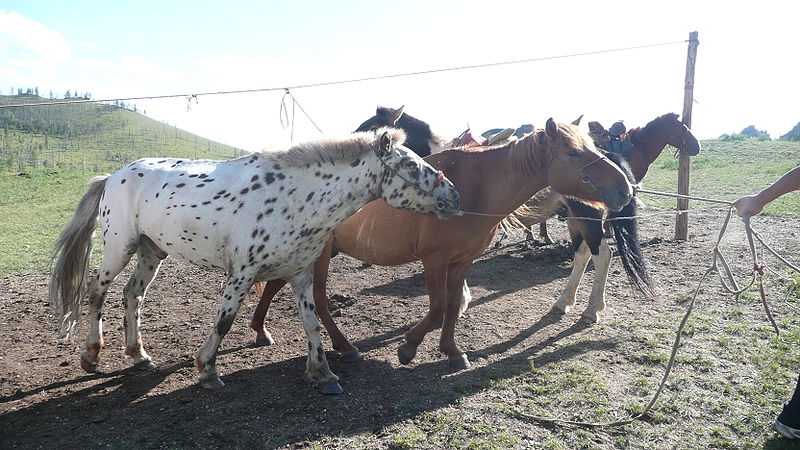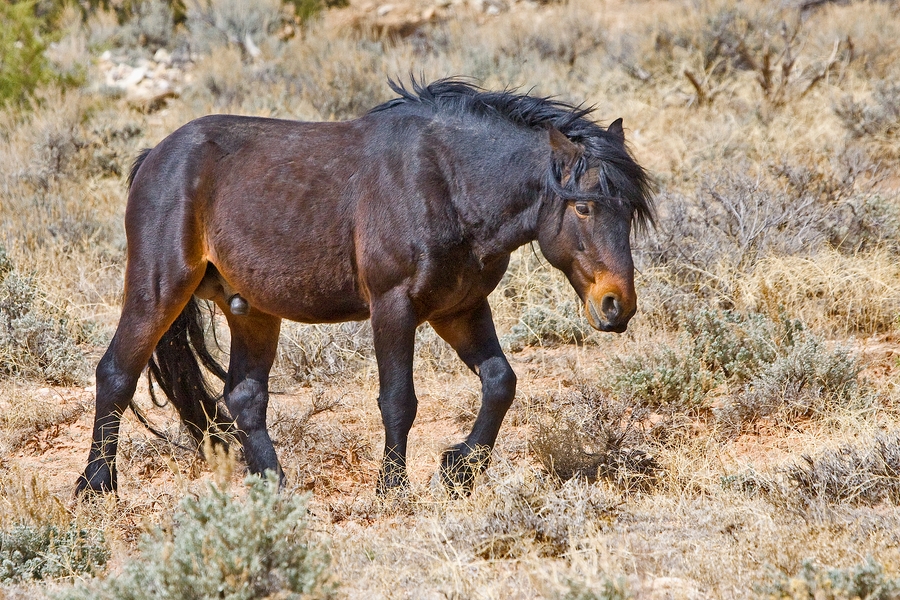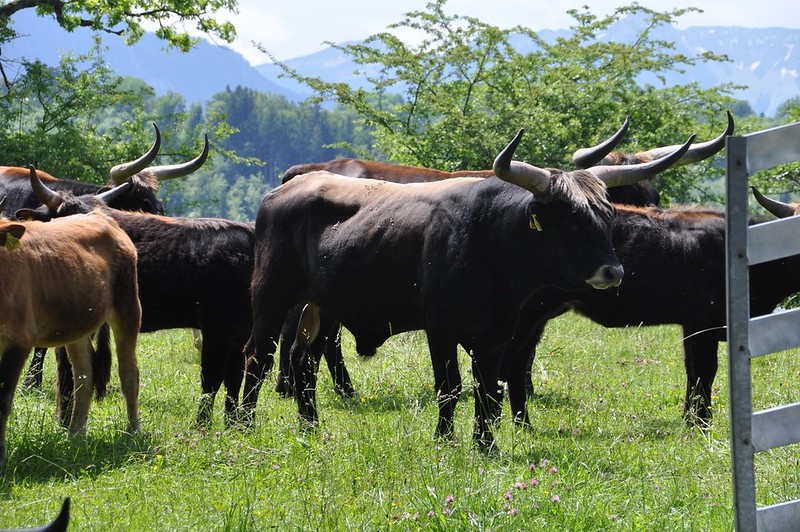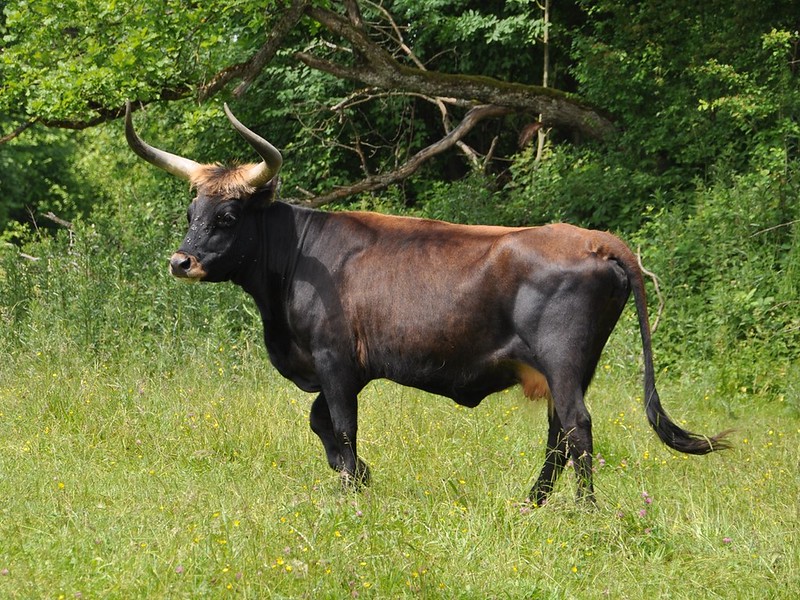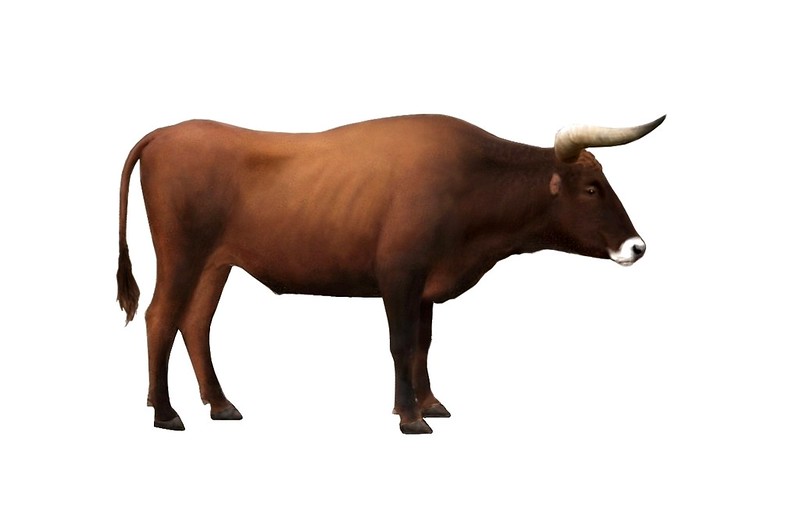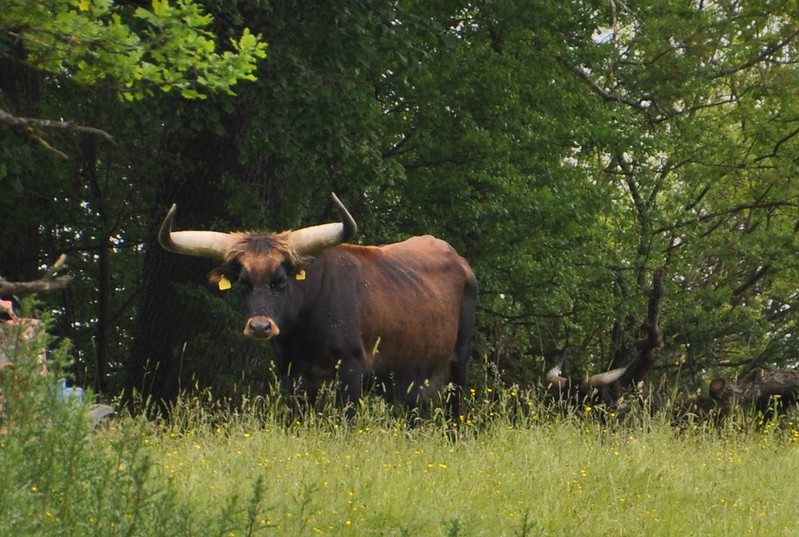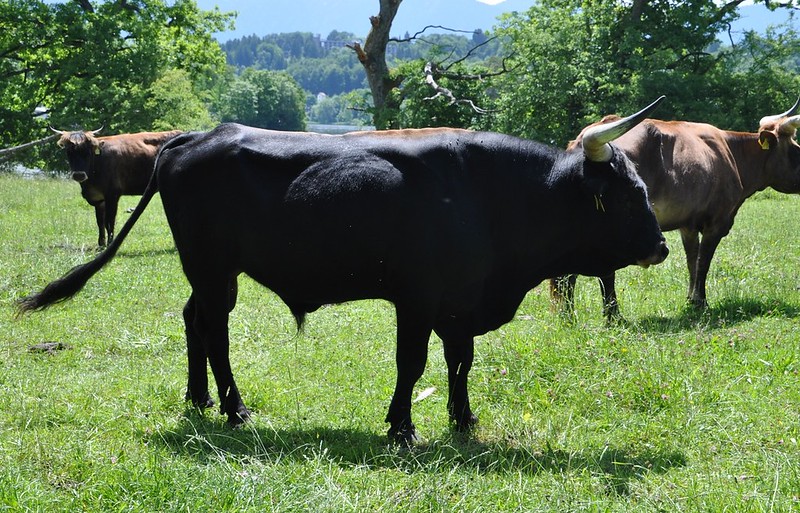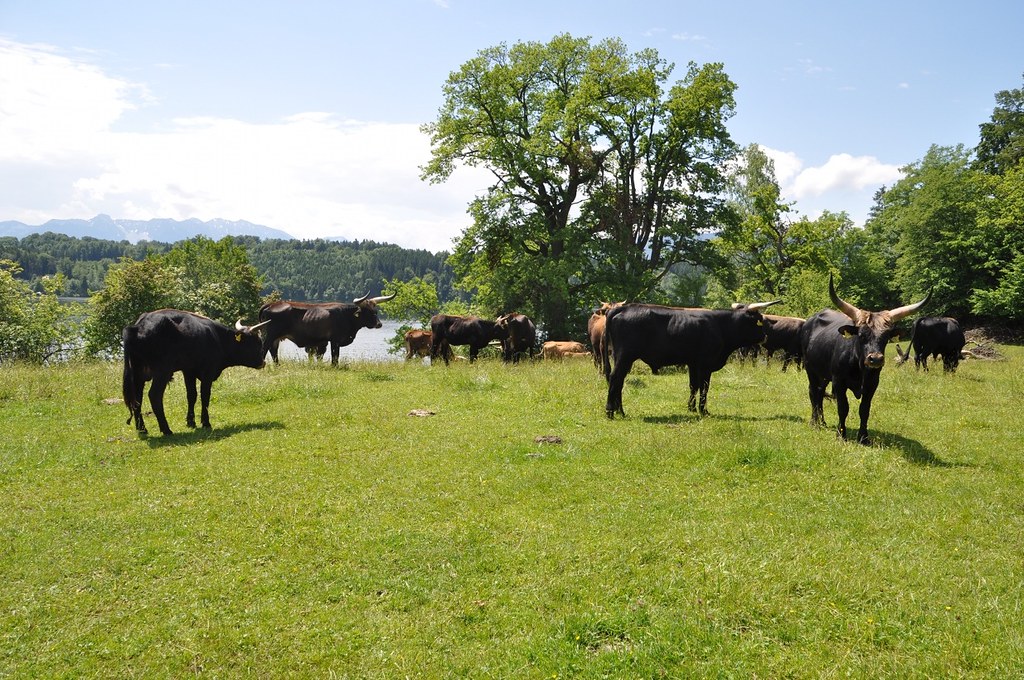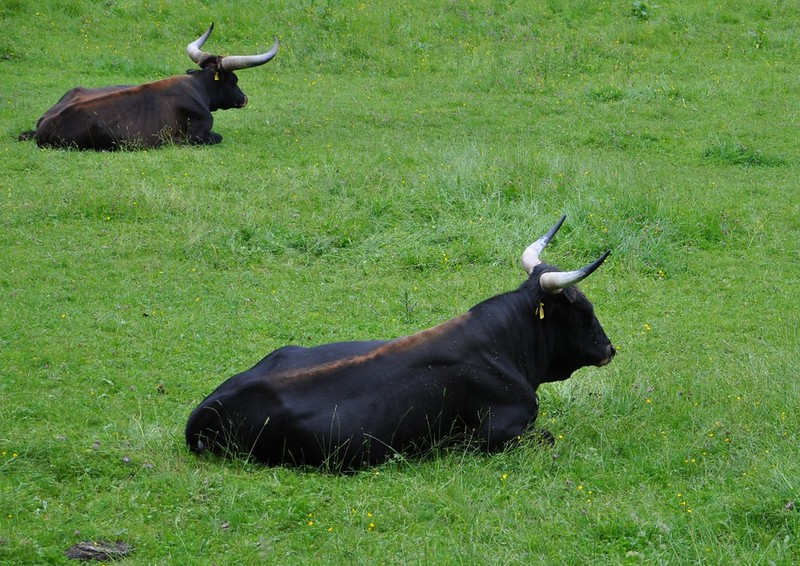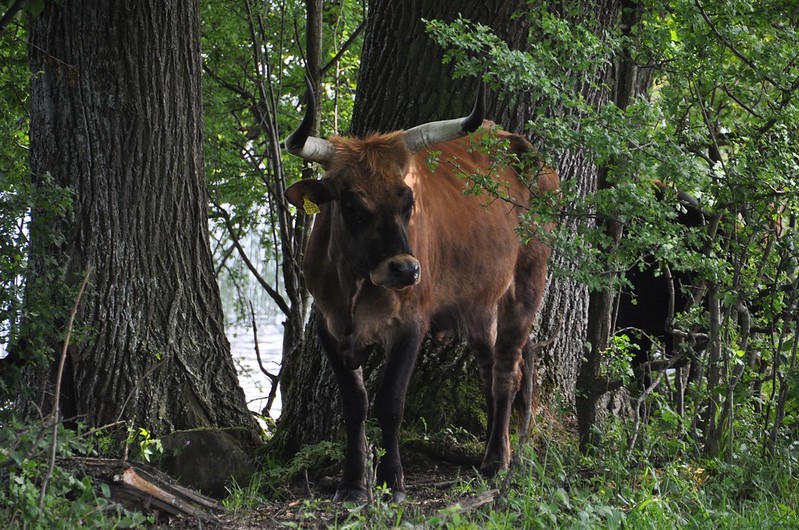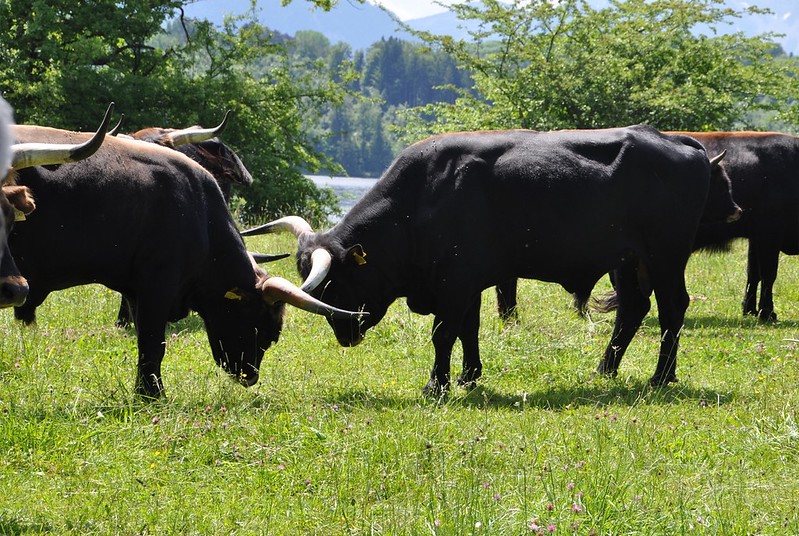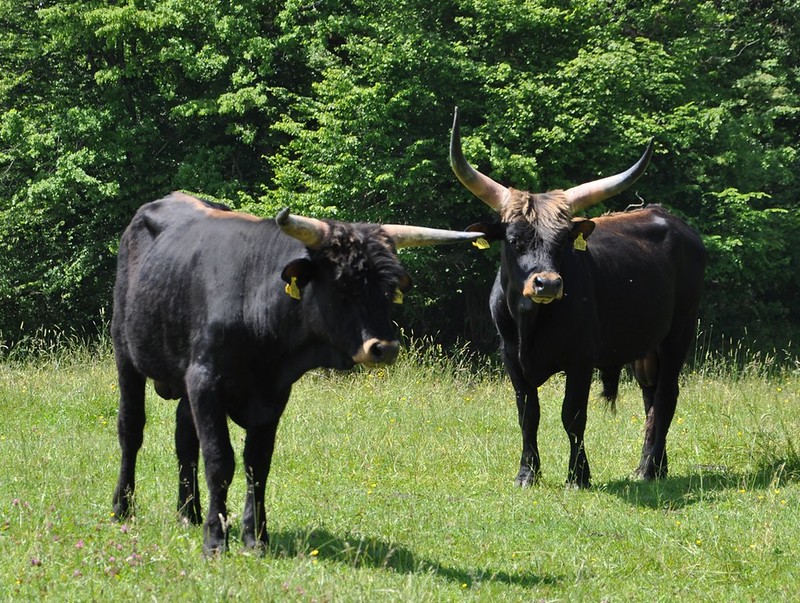The Konik
is widely publicized as a breeding-back result for the Tarpan, and there is the
romantic story that this breed descends from wild horse hybrids living in
Poland during 1900, and that the agriculturist and biologist Tadeusz Vetulani purged
out the domestic influence in the 1930s, resulting in the modern Konik. This is
a strongly romanticized version and very popular, and far away from the actual
history of that breed.
It is true
that the Polish game park at Zamosc had wild horses until 1806 when those were
sold to local farmers of the Bilgoraj region (perhaps these wild horses already
had domestic horse introgression because historic references mention hoof
problems in these populations). The local farmers managed it to tame and
integrate them into their domestic stock. So these local horses did experience
some recent wild horse introgression, assuming those horses from Zasmosc were
truly wild. Some references claim that the rural polish horses were Tarpan-influenced
already, so that the affect on the wild traits in that population was not
dramatic. However, this is unlikely since polish farmers did not appreciate
wild influence in their herds at all (because of the resulting wild and
intractable behaviour), what in fact even was one of the reasons why the Tarpan
was persecuted to extinction. So seemingly the Konik did not descend from wild
horses with domestic influence, but domestic horses with (possible) wild
influence; and as I discussed in the previous post, European wild horses apparently
left their traits in many domestic breeds of Europe. It is an unknown factor if
the wild horse influence was still present in those horses when the breed
“Konik” became known as such, which was about hundred twenty years after 1806.
Nevertheless,
the horses of Bilgoraj and other Polish regions were very robust, varying in
colour from black dun, black, sorrel and brown. They had an important role as
transport animals during World War I for German as much as Russian troops, and
were commonly called “Panje horses”. The Panje horses had a small, stocky body
and were very strong and hardy. In
1921, an article by two scientists named Grabowski and Schuch started the
scientific interest in Panje horses as possible Tarpan descendants. As a
consequence, Tadeusz Vetulani started investigating that breed and coined the
name “Konik”, which successively replaced “Panje horse”. In the following
years, several private and public studs were created in order to preserve and
spread this Polish landrace. In 1927, Vetulani started an experiment which he
believed might bring back the Tarpan by breeding them on wooded areas with few
human interference. This was actually more a dedomestication experiment
according to this baseline than a breeding-back attempt. He also wanted to
achieve phenotypic features he considered to be Tarpan features like a white
winter coat or an upright mane (there is no evidence for upright manes in
European wild horses, though). Anyway, Vetulani’s stock was only one of many
Konik lineages back this time. The Second World War created a lot of confusion,
as Koniks were moved all over Poland and Germany during and after the war. Popielno
became the new main breeding centre of the Konik (and Vetulani’s herd was only
one of several founding herds), and it was decided that Popielno should perform
2 separate ways of breeding: one to continue Vetulani’s experiment (again, not
by selective breeding but only by few human interference, comparable to modern
grazing projects) and one for commercial sale and traditional indoor breeding. Although
Popielno was the main breeding centre, it was only one of many Konik studs in
Poland, and when other countries started getting interested in this breed,
individuals were bought from any lineage they were available. Therefore it
becomes obvious that Vetulani’s stock played only a minor role in the creation
of the modern Konik population. Therefore, Vetulani did not create the breed, he merely
coined the modern name of the breed.
And what
about the phenotype? As I mentioned above, the ancestral Panje/Konik stock
displayed a number of different colours, and black and sorrel individuals as
much as such with white markings can still appear. I was quite surprised when I
saw data for the withers height of these horses, because they apparently were
way smaller back this time (123 cm instead of 130-140 cm). Indeed some Konik
lineages actually were selected for a larger and more gracile phenotype, also
with a more gracile head. As we know, the wild horse was remarkable for its
small body size and the large and robust head, so actually some studs did
exactly the opposite of breeding-back, and this shows in the modern Konik
population. Ok, there has been selection for fixating the black dun colour over
the years, but this is certainly not enough to call the Konik as a whole a
breeding-back attempt. Therefore, it should not be called a breeding-back result, but a landrace
instead, because that’s what it really is.
You can
find a lot of very clear information on the Konik’s history in the book of Tadeusz
Jezierski and Zbigniew Jaworski (“Das Polnische Konik”, Westarp Wissenschaften,
2008). This book is objective and without any preconceptions. It doesn’t
forcefully try to turn the Konik into a surviving wild horse, nor does it
repeat the popular stories without verification (like most other pieces of
literature do). It is very well-researched and informing. Therefore you find
more information on the Konik and the Tarpan at once than in any other book. I
have the German edition at home, I don’t know if there is an English too.
The fact
that the Konik is a landrace and not a breeding-back result does not alter the
fact that some Koniks still display a phenotype that is quite reminiscent of
what we know about the European wild horse (however, it is only representative
for one of five possible colour morphs, what a pity that black Koniks usually get
selected-out). Which Koniks are Tarpan-like, and which are not? Those with a
silver gray expression of black dun, a comparably slender posture with a
slender head and a long mane do not resemble what we know about the phenotype
of the Tarpan IMO. Koniks with a brownish or ash gray colour expression, a
small stocky body and comparably short manes are those individuals I would call
“authentic” based on the evidence.
 |
| More "domestic looking" Konik |
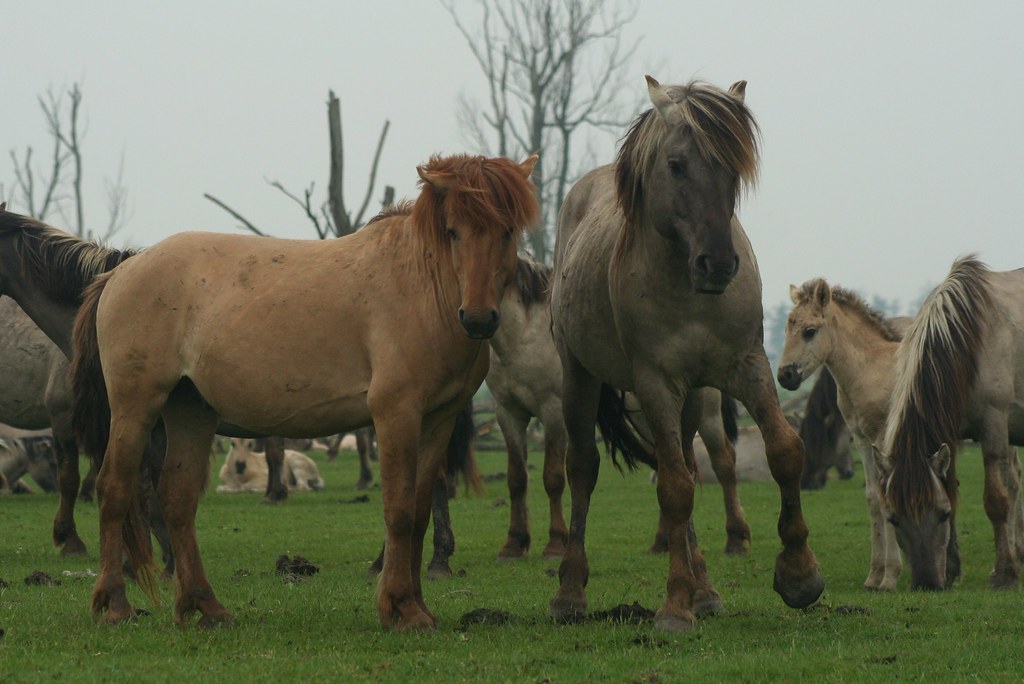 |
| Sorrel-coloured Konik in Oostvaardersplassen (by "treverius" on flickR) |
However, as
I mentioned in this post, the Konik has a more domestic behaviour than breeds
with a feral history such as the Exmoor pony [2]. It is interesting
nevertheless that Koniks are known to dominate horses of other breeds in
multiracial herds, even if those breeds are bigger than themselves [1].
The most
interesting question regarding the Konik’s relationship to the European Tarpan
is if there are still traces of the alleged wild horses that contributed to the
Bilgoraj stock. The fact that some Koniks are very reminiscent of black dun
wild horses does not necessary imply that (considering that other breeds are
very Tarpan-like as well for which there is no direct evidence for recent
introgression). Furthermore, considering the diverse mDNA of the modern
domestic horse, probably a lot of breeds experienced wild horse introgression
(no matter how recent it was). But in the case of the Panje/Konik, we should
expect a much bigger Y chromosome diversity in that breeds if the wild horses
of Zamosc are still present in the modern Konik, unless the farmers actively
selected out male influence. I think this question is worth to be investigated,
especially because the Konik was not included in the study of Lindgren et al. 2004
[3].
While the
Konik is no breeding-back result, one of its derivations, the Heck horse, is
(more or less). However, Heck horses are not necessarily more Tarpan-like than
Koniks (or actually the opposite), but we’ll look into this in a future post.
Literature
- [1] Tadeusz Jezierski, Zbigniew Jaworski: Das Polnische Konik. 2008.
- [2] Baker, Sue, 2008: Exmoor Ponies: Survival of the Fittest – A natural history.
- [3] Lindgren et al.: Limited number of patrilines in horse domestication. 2004

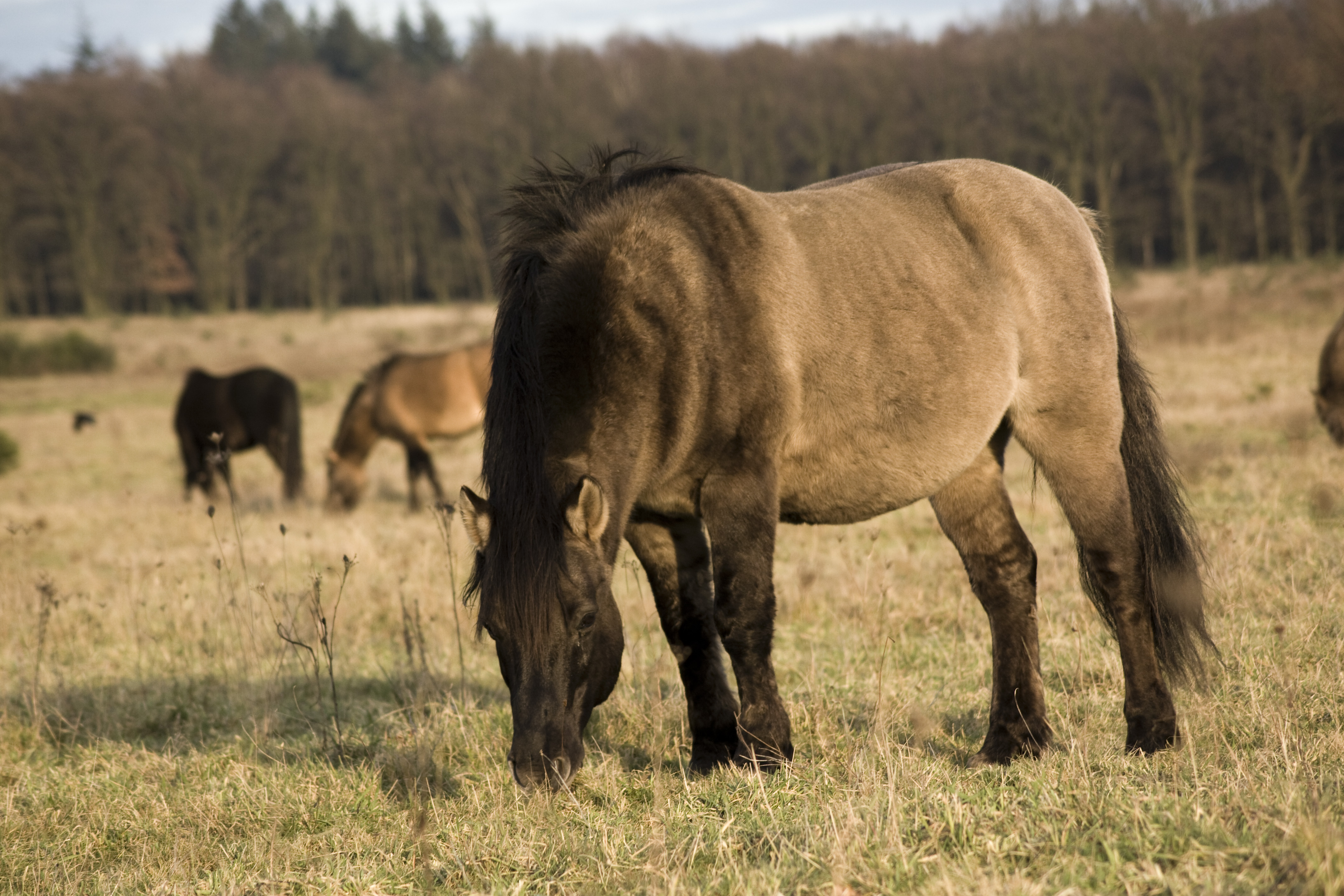
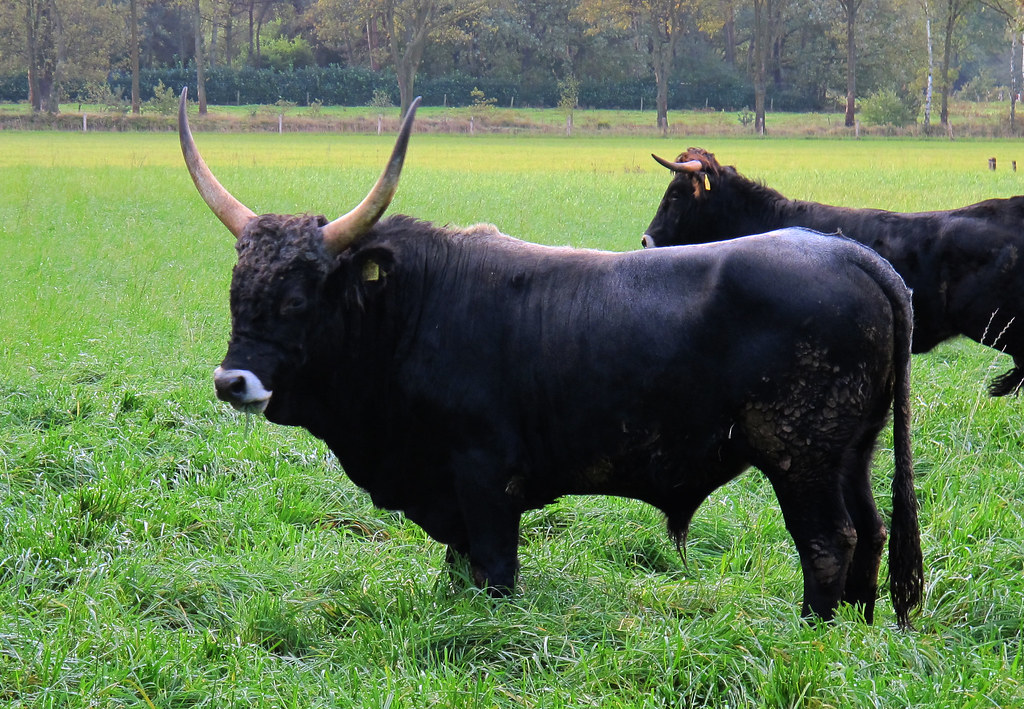














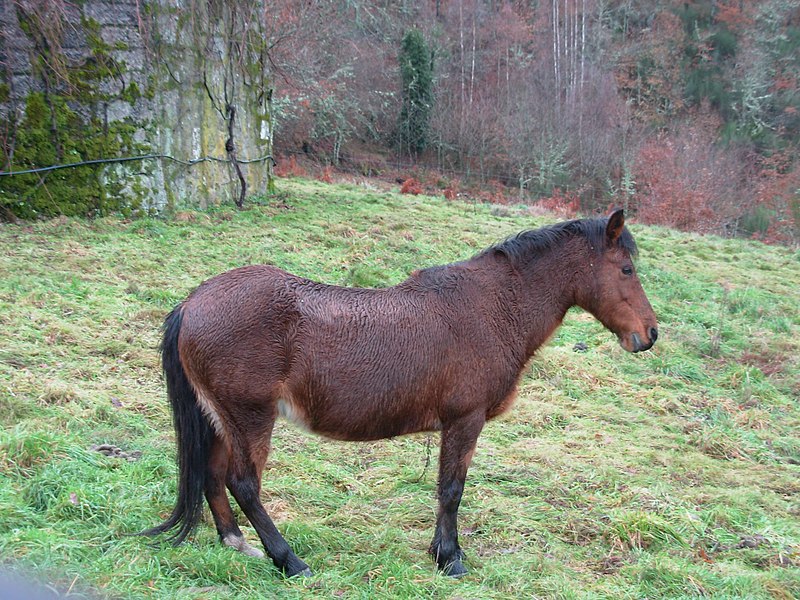
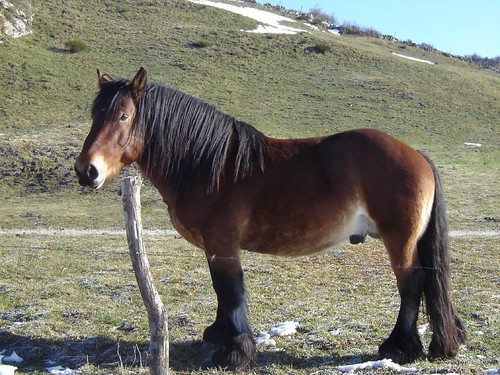
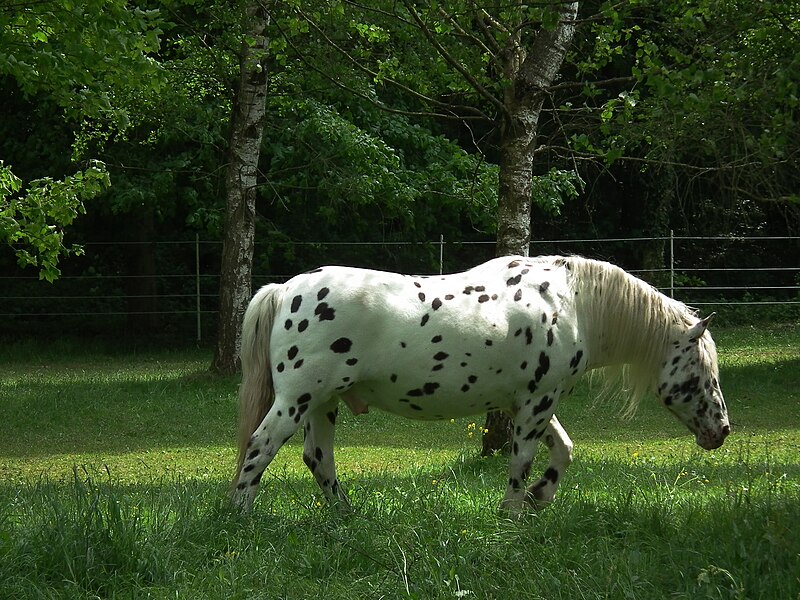


.JPG)


